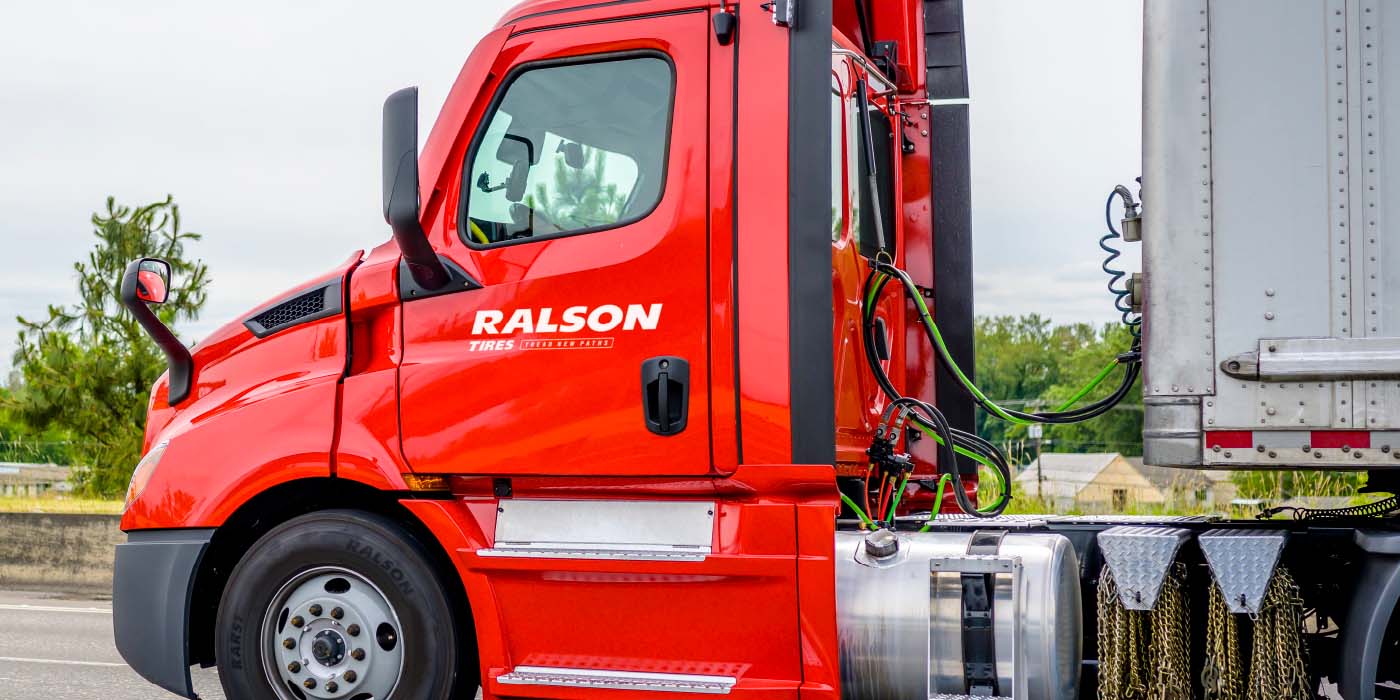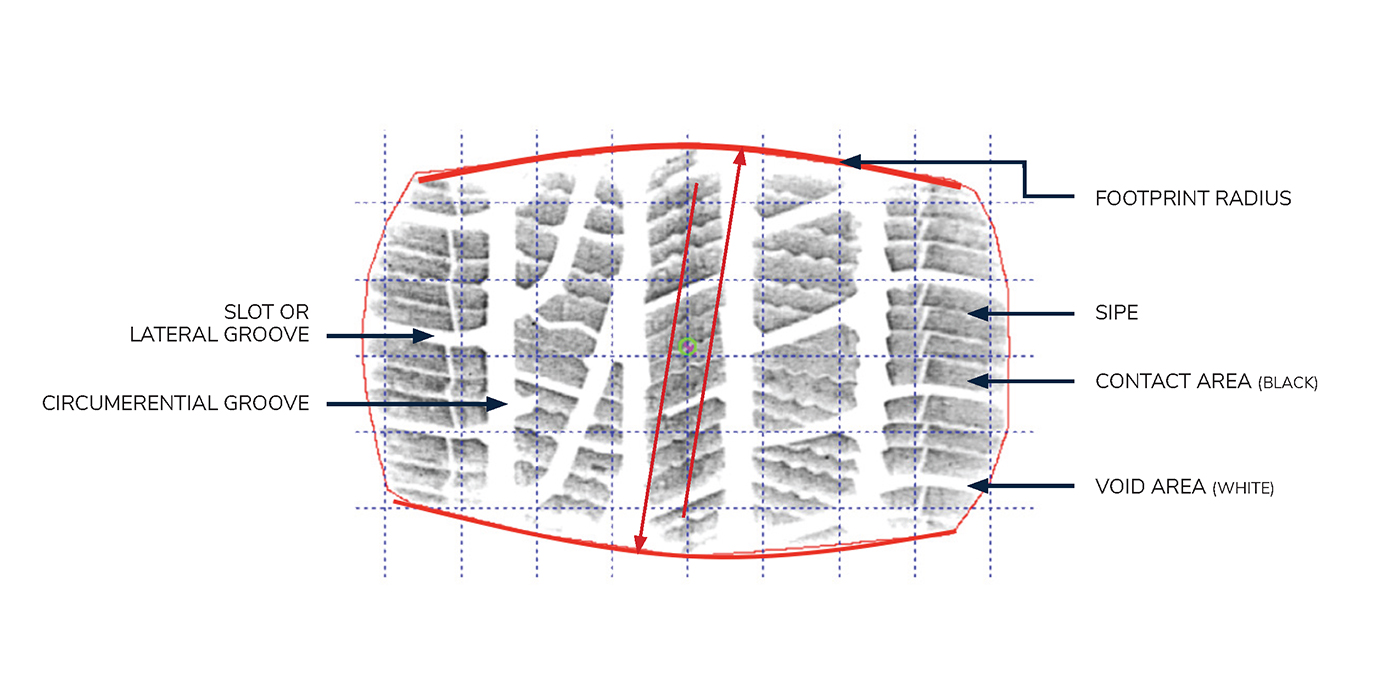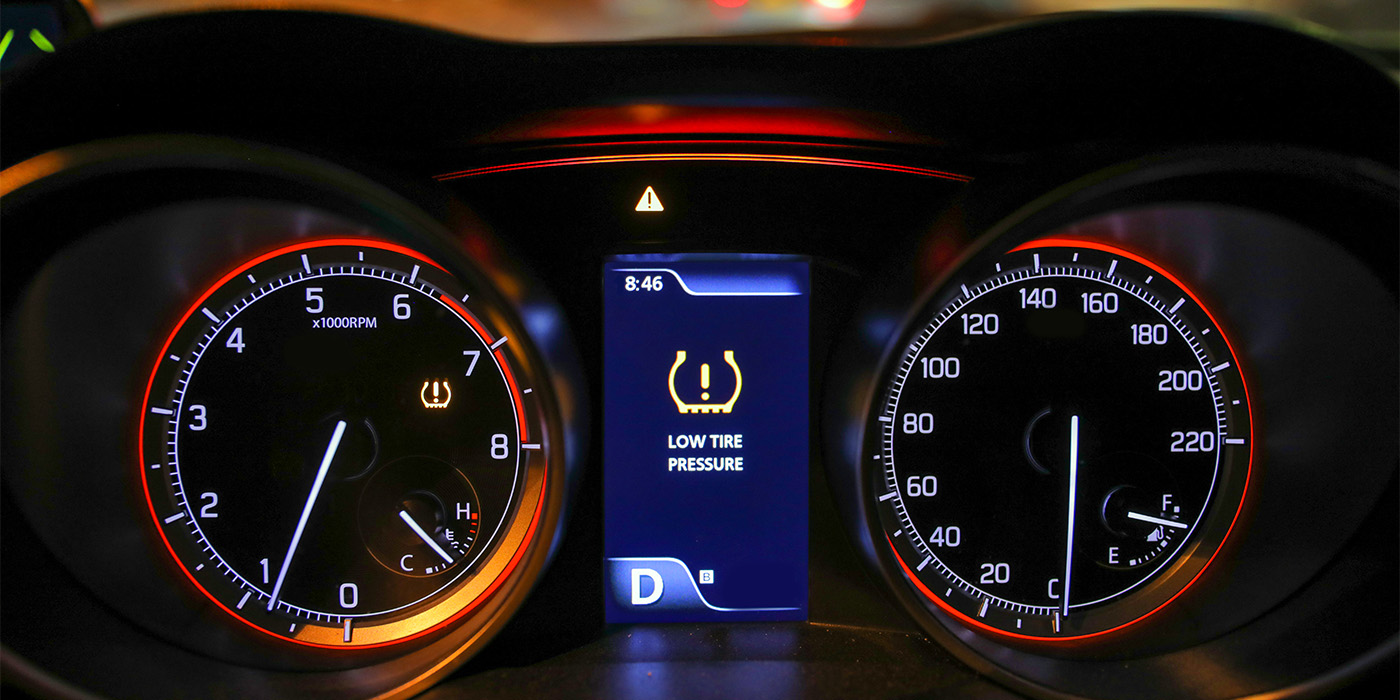Thirty years ago it was a much different world. Fax machines had just become a thing. There was no Internet, no such thing as a cellphone let alone a smart one, and the first PCs were appearing in offices.
In the tire universe, we were still busy radializing consumer and truck tires; OTR and agricultural tires were starting down that technology path.
Car sales in the U.S. were dominated by the Chevy Cavalier, Ford Escort and Chevrolet Celebrity, and both the Merkur XR4Ti and Porsche 944 (once dream cars of mine) were in Car and Driver magazine’s “Best 10 Cars for 1985” list.
The intervening three decades added more than a few inches and pounds to my frame, and the chassis has been slowed by a bit of arthritis and a motor with more than 300,000 miles on it.
I bring this up because I recently came across a list ranking the top tire manufacturers of 1985 by sales. Some very familiar names under very different circumstances grace the list. It is equally interesting to consider how fast and by how much some of the tiremakers have grown over the last 30 years.
The world-wide leading tiremaker in 1985 was Goodyear, with global tire sales of $6.19 billion. Second was Michelin ($4.640 billion in tire sales), third was Bridgestone ($2.632 billion), and fourth was Firestone Tire & Rubber Co., still a stand alone with tire sales of $2.532 billion.
Consider that in 2014 Goodyear averaged $4.54 billion in tire sales per quarter, and you get a sense of how this industry has grown.
Consider that the 1985 U.S. replacement passenger tire market came in at 141.5 million tires, a far cry from the 206.5 million shipped last year. But that’s a paltry growth rate of only 46%.
Consider that the 19th largest global tiremaker in 1985 was Hankook, with sales of $260 million. Today, Hankook is the sixth largest in terms of tire sales, posting $6.128 billion last year – an amazing increase of 2,257% from 1985.
These numbers are just raw; no attempt has been made to adjust for inflation or otherwise. And 1985 is the last year before the serious onslaught of mergers and acquisitions. Uniroyal and BFGoodrich were still separate companies (not brands), as was General, Armstrong and, of course, Firestone.
Goodyear hadn’t yet been attacked by James Goldsmith and subsequently broken up. Japanese producers, including Bridgestone and Sumitomo, were still considered low cost/low tech, despite market acceptance; the South Koreans were a mere curiosity.
What is really phenomenal to consider is the tire sales growth rate of each firm over the last three decades:
Hankook 2,257%
Bridgestone 884%
Continental 821%
Cooper 671%
Sumitomo 404%
Michelin 402%
Yokohama 346%
Pirelli 331%
Toyo 321%
Goodyear 193%
That’s how much our tire world has changed in a relatively short period of time.On page 8 of SourceBook 2015 you’ll see our rundown on the 25 largest global tire manufacturers. The sales figures shown include non-tire products, but consider that seven of the top 20 listed are Asian companies that didn’t make the list back in 1985.
* * * * * * *
Dealers reading the information on tire shipments might wonder where their share of the 252.61 replacement consumer and medium truck tires went. Most dealers I spoke with in 2014 complained about depressed tire sales and about how they felt the USW’s push for more financial penalties on China-made consumers would hurt an already tender market still shaking off the Great Recession.
The conversation has gotten a bit better this year. According to a recent KeyBanc Capital Markets report, June consumer tire sales were up 9% from June 2014 results, and the second quarter finished up 6.4% YoY.
On the commercial side, unit sales for June were up 5% compared to June 2014, and second quarter unit sales were up 3.8%.
In a separate research project KeyBanc Capital Markets does for Tire Review, for the May period 78.2% of tire dealers reported their consumer tire inventories “were just right” as were 84.5% of commercial tire inventories. Among dealers polled, 62% felt tiremaker consumer tire pricing was “normal,” while 84.5% said the same for commercial tire pricing.
We are basically mid-way through the year, so it’s a bit too early for celebrations, but things are looking good, and are certainly stable. A far cry from 12 short months ago.
* * * * * * *
This issue marks the 13th SourceBook in its present format. Shortly after the 2001 version was printed, we began reformulating our SourceBook, looking at how we could gather and present meaningful data and industry information to help tire dealers better understand the tire world around them and the market forces that directly impact their businesses every day.
We saw the SourceBook not so much as a resource but as a weapon readers could deploy to take control of their businesses and markets.
Every year since, we work to tweak one aspect or another to improve the SourceBook. This year you’ll see a significant redesign of the charts and graphs and data presented. Chief Designer Nichole Anderson did a tremendous job bringing new life to our showcase issue.
Each year, more and more readers tell us it is the single most referenced and important issue of any magazine they read. All too often, we’ll see dog-eared copies lying next to the telephone on a store manager’s desk or that of a tire company exec.
And certainly our annual SourceBook would not be complete without yet another stunning cover design. Every year it gets harder to top the prior year’s design. I’m sure you’ll agree that besting the street art look of the 2014 edition is a tough task. We’re certain you’ll love the simple boldness of SourceBook 2015.
We know it will be easy to find!













